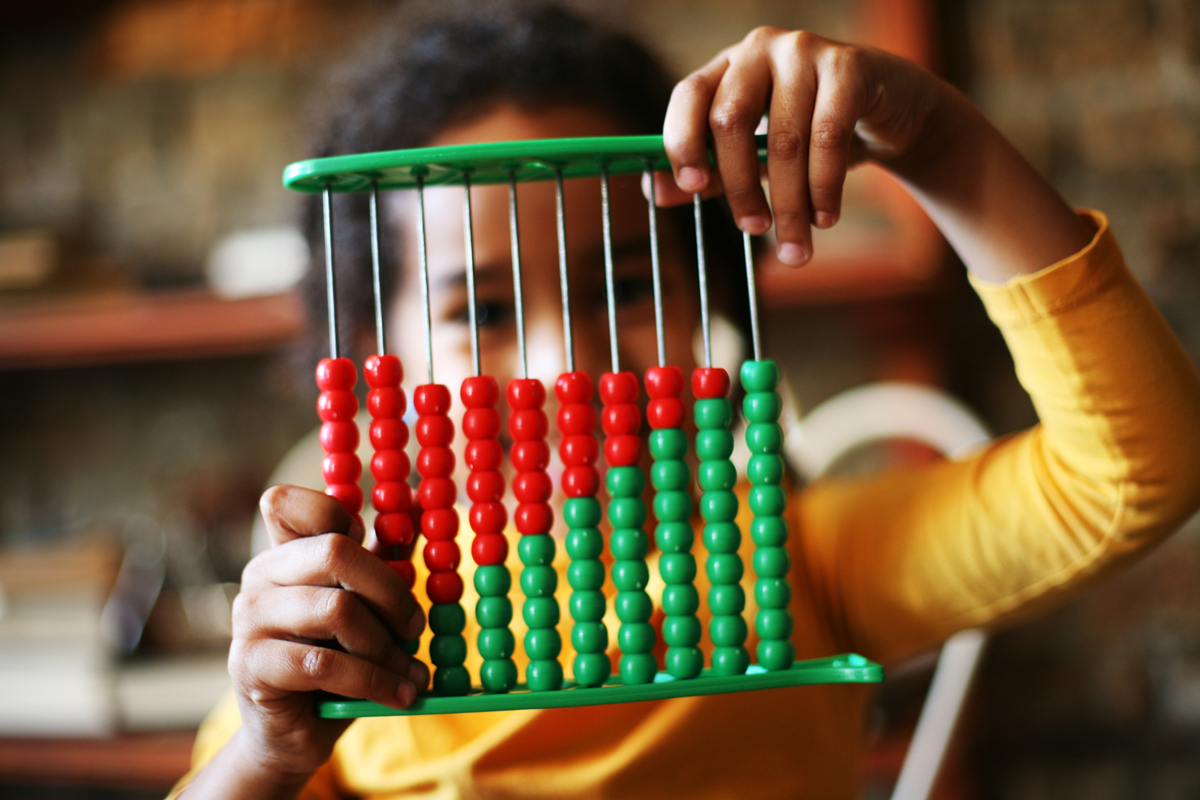Many years ago, in what feels like another life, Jesse and I considered junior faculty jobs at the Stanford Graduate School of Business. The class I would have taught there was the basic statistics class, which they called “D&D,” for Data and Decisions. We didn’t take those jobs, but I’ve always liked that class title, because I think it effectively captures the idea that data is useful for making decisions. The reason I spend so much time harping on causality in this newsletter is that knowing whether a relationship in the data is causal is central to the implication that it should change our behavior.
At the same time, data usually doesn’t make our decisions for us. Data is not bossy. Often it makes a decision clearer, but almost always we need to stack decision tools on top of our data to actually move forward. And while this newsletter is called ParentData, one of my goals is to make the decision-making part of this process easier too.
One hard part of decision-making is actually making the decision. That is: finalizing the choice; to choose one option and to, therefore, abandon the other ones. In a slight modification of Robert Frost, Two roads diverged in a yellow wood, and I keep wondering what might have happened if I took the other one and if it is now too late to go back and check it out again.
I’ve talked a lot about avoiding this particular decision trap. In The Family Firm, I present the idea of the Four Fs, which is a structured approach to completing a decision-making process. I’ve also talked in the past about shorter, sharper insights — almost mantras — that are a way to remind yourself to move on. There is no secret option C is in this category, and, in a different way, the idea of second best parenting.
There is a second decision trap, though, which doesn’t necessarily cause us to avoid decision-making but can lead us to make them poorly. This trap is about an overemphasis on perceived safety.
When pregnant, and then as a parent, there is nothing you want more than to protect your child. You want to keep them safe. That instinct is both natural and awesome. But it can also be counterproductive. Because in many cases, there is an obvious kind of safety — often, physical safety — and a non-obvious kind of safety: considering longer-term risks, emotional growth, and so on. The obvious kind of safety is front-of-mind, and this can give it too much weight.
I’ve discussed a version of this idea before, when I interviewed Kelly Fradin about parenting amid very hard things. When there is a big challenge — a serious childhood illness, or some other major concern with our kids — that can take over. To me, a significant insight of Kelly’s book, Advanced Parenting, was to recognize that there are still other priorities outside of this Big Concern that deserve attention.
In our everyday lives with our kids, outside of any major challenges, the immediate kinds of safety can become this Big Concern. That can make it harder to make choices that balance the obvious safety concerns with the non-obvious ones.
So here is the insight, the reminder, to avoid this decision trap:
No option is completely safe.
Let me give you some concrete examples.
During pregnancy, it is still common to prescribe women “bed rest” for a variety of complications (threatened preterm labor, for example). There is no evidence that bed rest works for virtually any condition and, in fact, good randomized evidence that it makes no difference for many of the conditions for which it is commonly prescribed. And yet: it seems safe. It seems like the cautious option. Sure, we don’t necessarily know it works, but let’s default to it because it appears safe.
This ignores, though, that no option is completely safe, including bed rest. Bed rest can result in some muscle atrophy, an increased risk of blood clots, and many social problems (inability to work, take care of other children, etc.). It only seems the safest if you ignore these things. Good decision-making would recognize risks on both sides.
A second example: solid food introduction. A common question I get from parents is some form of I’m interested in baby-led weaning, but I’ve decided not to do it because I’m worried about choking — purees are the safe option. I want to be clear: there are a lot of good ways to introduce foods to your child, including both purees and not-purees, and different families will choose different options (more on this here). But none of these options is completely safe; waiting too long to introduce more textures can make your child more resistant to them, for example. You are trading one risk for another. A similar logic goes with introducing allergens. In some cases, people avoid doing this because of fear of an allergic reaction in a very young child. But in fact, this trades that risk for the long-term higher risk of developing allergies.
Perhaps most saliently, this mindset becomes an issue as we start talking about child independence (this also overlaps with this post on mental health). There is, first, the toddler independence question, e.g. when do you let them climb on the playground ladder alone? It feels like the safest option is to watch them like a hawk, maybe lift them to the top. Physically, that’s probably right. But with a broader safety lens, it’s not. It risks them not learning this skill and, more importantly, not learning that they can have this skill.
Older-kid independence is even harder. Should you let your 13-year-old go running in your neighborhood on her own? It seems like the safest option is to say no. But you risk lost independence, a lost sense of competence, not to mention that exercise is good for you.
I’m not an idiot. There are cases in which some options are absolutely safer than others. For example, I’ve been watching a show about big-wave surfing. If my kids want to do that, the answer is no. Yes, no option is completely safe, and maybe I’m ruining their long-term career prospects by not allowing this, but I’m cool with that. More realistically, there are many times when safety reigns — using a car seat with an infant, for example, or not co-sleeping on a sofa.
Issues arise when we move outside these obvious spaces. In our very reasonable efforts to protect our children, we can be blind to the fact that choices that check our obvious safety boxes may not be as big-picture safe as we imagine. Instead of framing our options as “safe” versus “not,” it would be better to recognize that everything has risks and benefits.
This framing is especially important when things go wrong. You’re at the playground and you let your child climb up the rock wall. They fall and they break their collarbone. It is so easy in that situation to blame yourself; it’s even easier to feel the blame from other people. How could you have made such an unsafe choice?
Change the framing. That wasn’t an unsafe choice, it was one made with a sense of balance. You can absolutely feel terrible about the outcome and sad that your child was injured. But no option was completely safe, and recognizing that may help us feel less shame when things like this happen to us and less judgment when they happen to others.

















